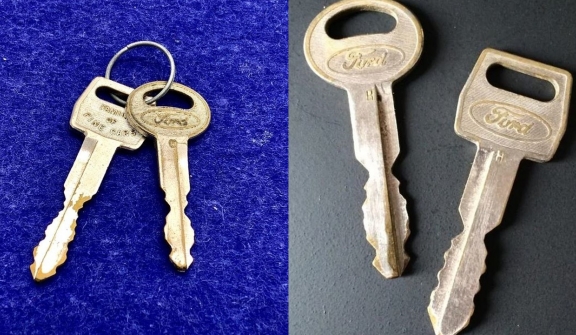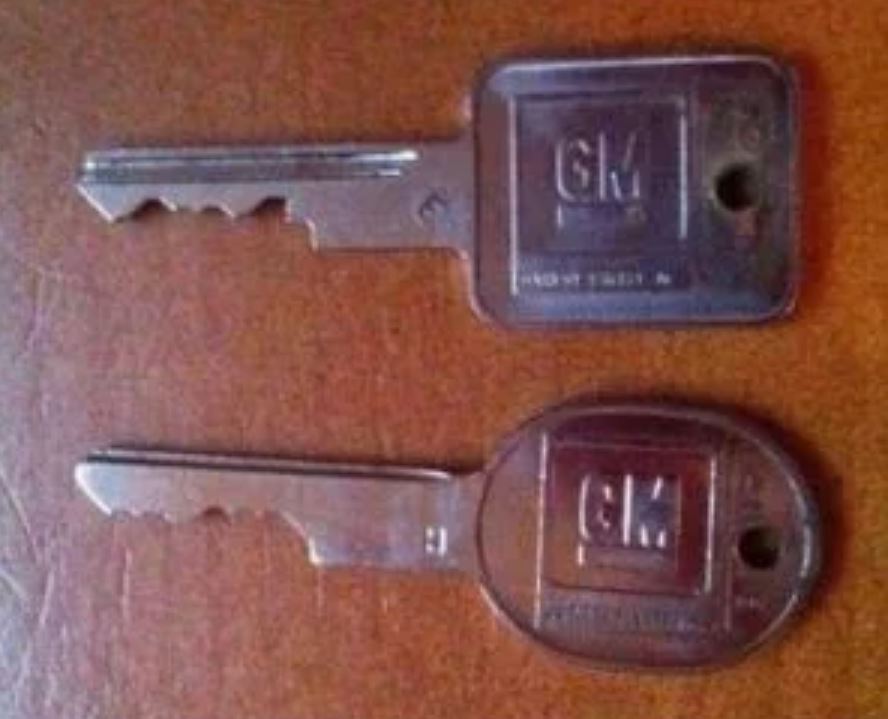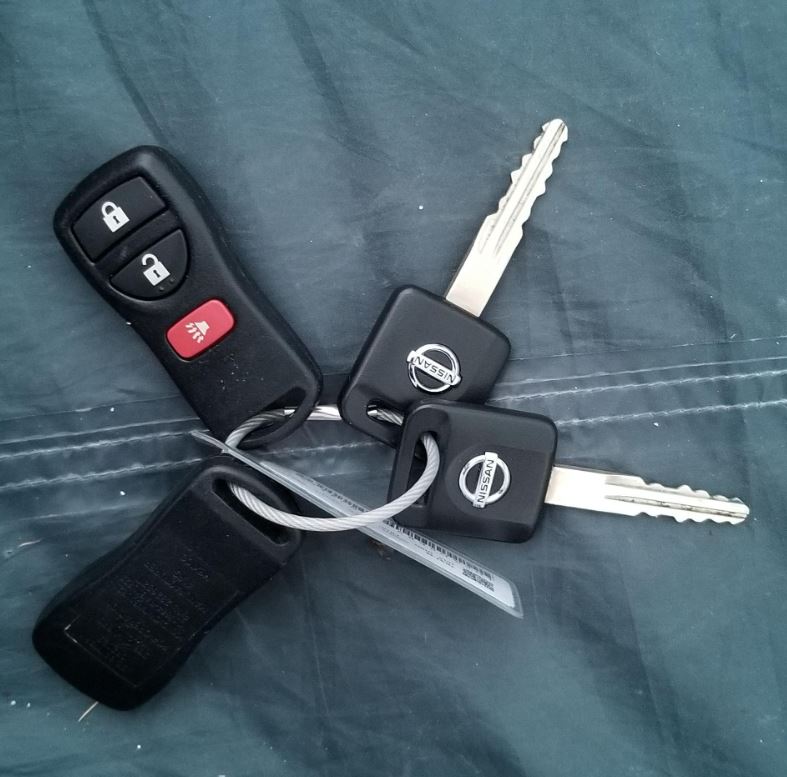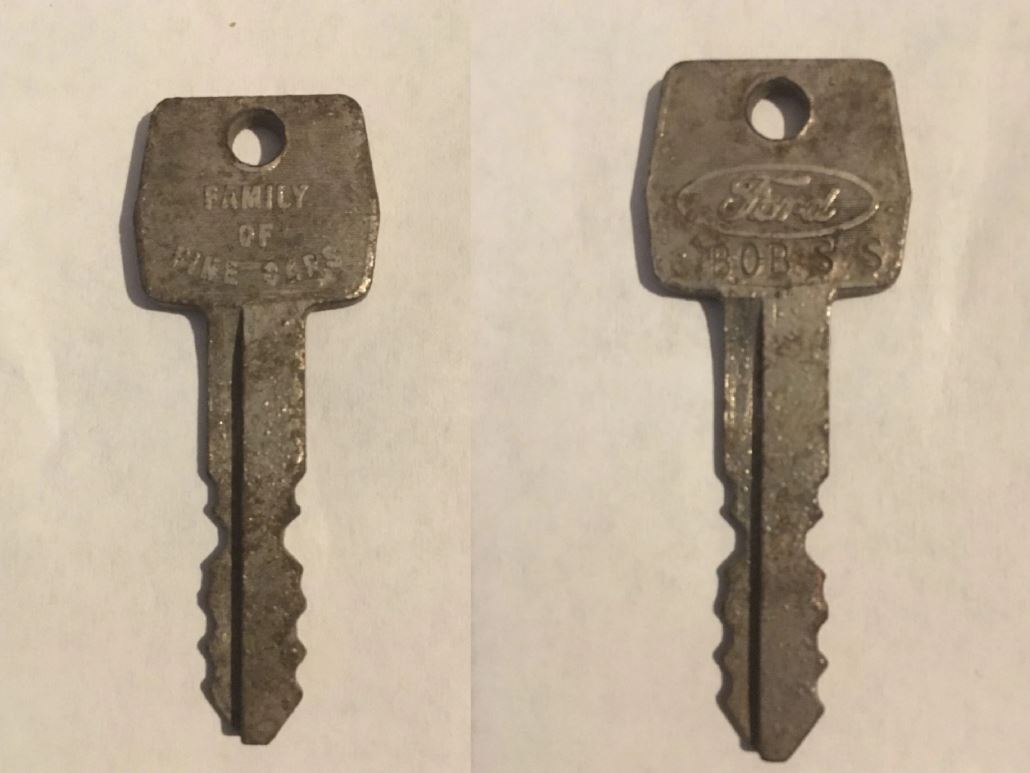
The two keys also reflected the technological and design limitations of the time.
However, as automotive technology has evolved, the necessity for two distinct keys has diminished, leading to its gradual disappearance from the industry.

Two keys for cars began in the mid-20th century.
Initially, one key was used for the ignition to start the car, while the second key was for the door locks and trunk.
This separation of functions was partly due to the mechanical and electrical design philosophies of the time, which did not allow for a single key to perform multiple functions efficiently.

Manufacturers saw this as a straightforward solution to provide vehicle access and ignition, enhancing security by compartmentalizing access to different parts of the car.
The ignition key was often shorter and more robust, designed to withstand the wear and tear of being inserted and turned in the ignition switch multiple times a day.

The door and trunk keys were longer, with more intricate cuts, to navigate the more complex lock mechanisms. This design distinction made it easier for users to differentiate between the keys, reducing the likelihood of confusion and wear on the locks and ignition from using the wrong key.
The primary purpose of this system was to enhance vehicle security. Separating the keys made it more challenging for would-be thieves to gain complete access to the car and its contents.

If a thief managed to copy one key, they would not necessarily have access to all parts of the vehicle, providing an additional layer of security.
The development of electronic key fobs and keyless entry systems in the late 20th and early 21st centuries led to the fading of two keys for a car.
The development of key fob technology combines multiple functions into a single device, allowing drivers to unlock their cars, open the trunk, and start the ignition with a single key or button press.

The convenience and improved security features of electronic systems, such as rolling codes that prevent the same signal from unlocking a car more than once, have made traditional mechanical keys less common.
Moreover, the integration of sophisticated alarm systems and immobilizers has further reduced the need for separate keys, as these electronic systems offer a higher level of security against theft than mechanical locks alone.
Two keys for a car are still retained for nostalgic or cost-saving reasons
The industry's shift towards electronic key fobs and smart keys reflects a broader trend of incorporating digital technology into automotive design, emphasizing convenience, security, and user experience.




